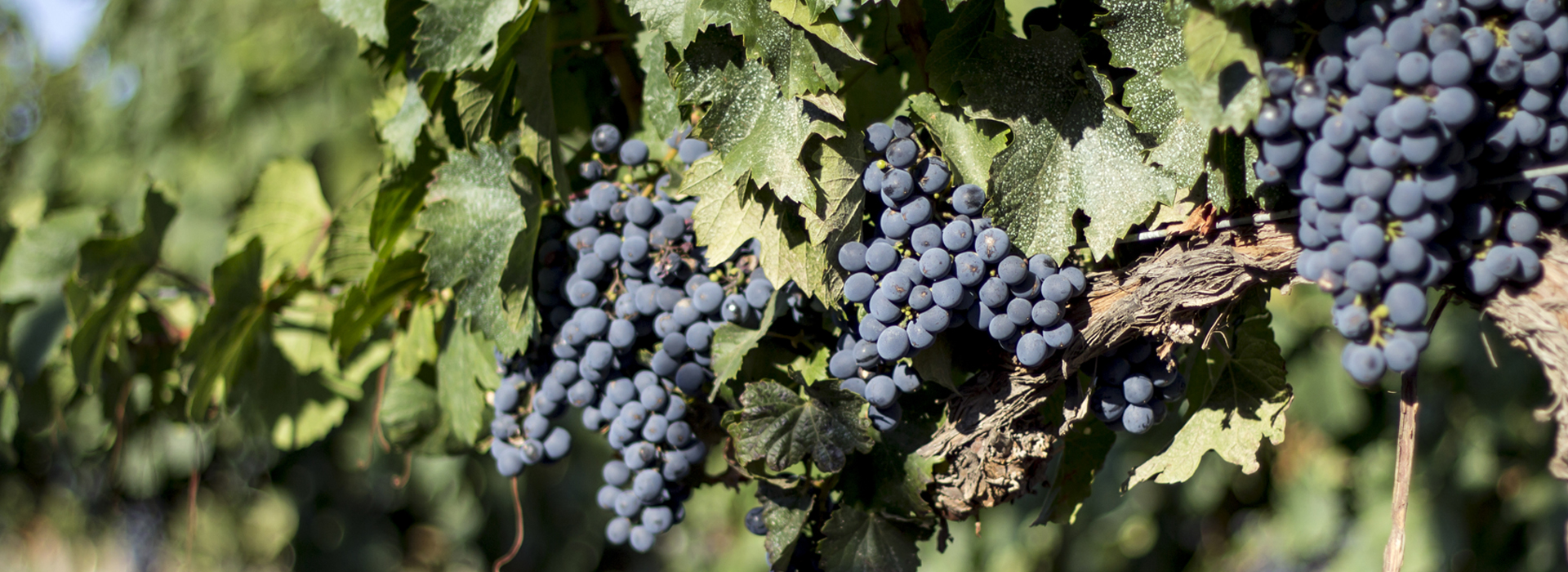9 minutes and 39 seconds read
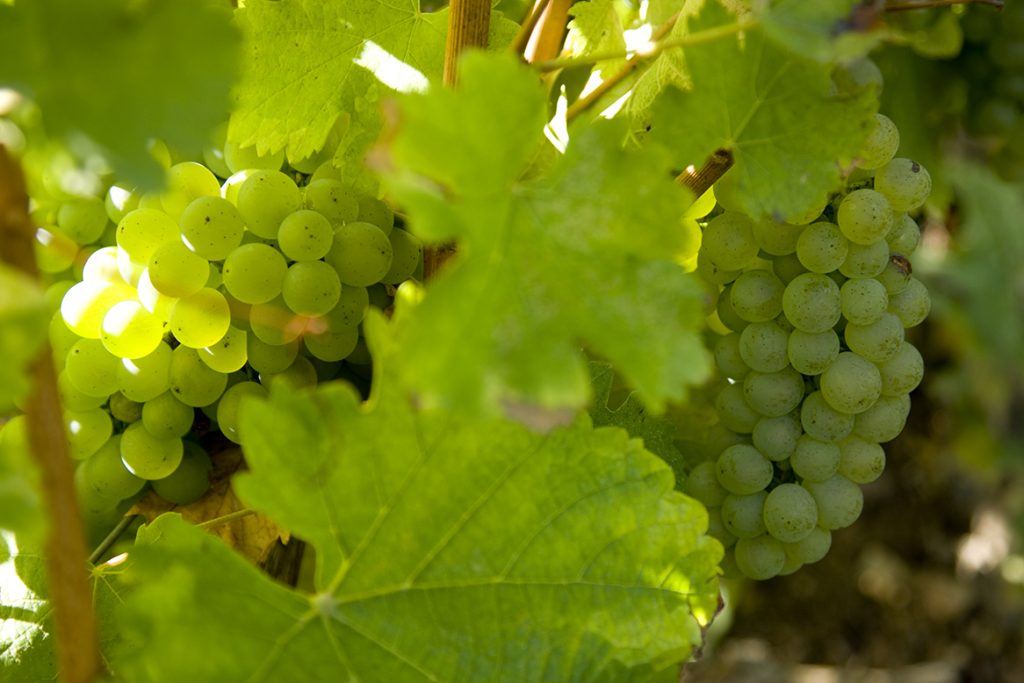 By: Tiffany Vernon
By: Tiffany Vernon
Burying cows’ horns, spritzing grapevines with homoeopathic preparations and crafting wines by the stars and moon – this is the inner circle of biodynamic winemakers.
I was first introduced to biodynamic wines by Gilles Lapalus in 2015 whilst visiting relatives in Australia. A Burgundian winemaker who, at the time, was heading up a winery within the sparse lands of Bendigo, Victoria. Here, Gilles kindly gave me a tour of the vineyards whilst giving me a fascinating insight into how he practised biodynamic viticulture – a topic which has intrigued me ever since.
I knew very little about this topic at the time and witnessing someone bury cow horns filled with manure felt like some sort of wizardry or pagan ritual, but over time, I have seen an increasing number of producers converting and focusing on this concept of a ‘farm organism’.
So what exactly is biodynamics? To put it into tangible terms, it is an extension of organic farming following a series of specified practices according to earthly and celestial rhythms. The aim is for the vineyard to become a self-sustaining organism, which in turn promotes healthier vines with more bountiful fruit.

It all began with Rudolf Steiner – a controversial figure working in spiritual science and philosophy from Austria during the 20th century, and founder of biodynamic farming. When agricultural mechanization and chemical sprays hit the market in the early 1900s, it changed the landscape of our vineyards, quite literally. Many farmers recognised a decline of fertility in their soils and so, with a growing concern for the impact on their vines, called on Steiner for his insights. This led to him publishing a book in 1924 detailing homoeopathic preparations and advice for farmers, introducing the concept of a closed-loop fertility system through biodiversity and the integration of crops and livestock, all incorporating the interplay of both cosmic and earthly influences. These teachings are the foundations of biodynamic viticulture used today.
In 1962, François Bouchet then began using the techniques detailed in Steiner’s book, Agriculture, in his Touraine vineyards and never looked back. Twenty years later, Bouchet began teaching other winemakers about biodynamic viticulture, assisting leading names such as Domaine Leflaive and Chapoutier in converting their own vineyards. Since then, an influx of producers around the world have begun to adhere to these practices and feel the results are very pleasing.
It is understandable, however, that the world of biodynamics seems bizarre on the surface, especially to ‘outsiders’. The first thing to understand is that the ‘organs’ of the vine are broken down into four parts: root, leaf, flower and fruit, which are intrinsically linked to the four elements respectively: earth, water, air and fire (solar heat). Each of these elements is favoured during particular phases of the lunar cycle as it passes in front of the 12 constellations of the astronomical zodiac. In practical terms, this then translates as what to practice on certain days; for example, root days are best for pruning or spaying your vines with fertiliser (the natural kind, which I’ll explain presently), leaf days are ideal for watering, leave the vineyard alone during flower days and fruit days are perfect for harvesting.
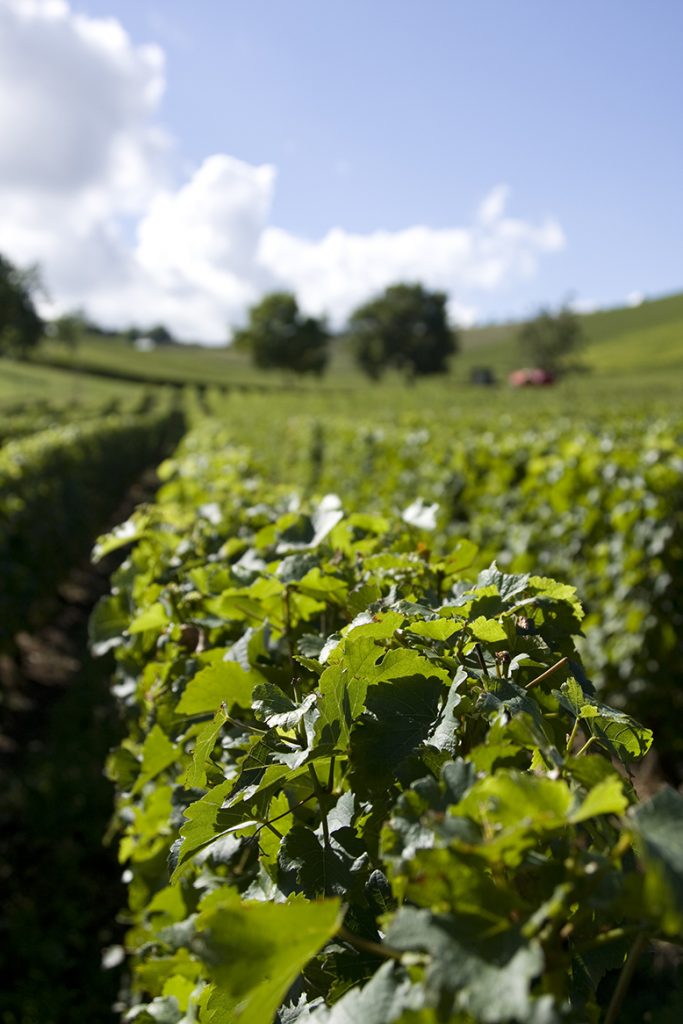
These calendar days do extend beyond the vineyard, too. I remember a delay in shipment from a Burgundian winemaker (not Gilles!) years ago because he refused to bottle his wine until it was a ‘fruit day’, with bottling under the lion zodiac being the optimal preference. The belief here is that the fruit character of the wine will be at its most concentrated during this time, giving the wine greater ageing potential. Unfortunately for us mere mortals, there was no telling when the stars would align for our friend’s wine to be ready. Of course, trying to explain to a customer who is impatiently waiting for their wine there was no ETA for their bottles arriving due to the moon not phasing in front of Leo, was a difficult task.
Many people also believe that wine tastes better during specific days of the lunar cycle. Fruit days are considered the optimum and flower days are great for aromatic wines such as Viognier, whereas root days and leaf days are to be avoided. But you don’t need to unfold a celestial map the next time you’re at a wine bar to conclude which glass to order, today there are many apps, such as ‘When Wine Tastes Best’, which can help guide you.
So, with me so far? Perfect! Time to grab a glass and let’s take an overview of the preparations…
Two main homoeopathic sprays are used: horn manure and horn silica (ground quartz). To create these, cows’ horns are filled with manure or silica and then buried for six months. Once they have been dug up, the ‘filling’ will have decomposed to a hummus-like paste. It is then ‘dynamized’ (rhythmically stirring in water one way and then the other to create a vortex) before being sprayed onto the vines. The manure-based spray is spritzed onto the soil during the afternoon in autumn and early spring to stimulate microbial life and encourage deeper roots. The silica-based spray is squirted over the vines during sunrise on either side of the flowering period to help plant metabolism and promote stronger, more upright vine growth.
Other practices involve the creation of your own compost from specific ingredients – yarrow (believed to be described in Homer’s Iliad for treating wounds), chamomile (anti-inflammatory), stinging nettle (full of vitamins and minerals but also a natural cleanser), oak barrel (antibacterial), dandelion (antioxidant) and valerian (used to help treat insomnia) must be mixed into a manure-based compost. These ingredients are considered to infuse the manure with ‘vitalizing forces’ which will nourish the vines and promote growth.
Part of the biodynamic system encompasses the use of livestock as part of the self-sustaining farm concept. Cows would be used for their manure and horns, horses and mules for traction, with weed control from sheep and pest control from chickens. In recent years, spotting horses tilling Burgundian and Bordeaux vineyards seems to be a more regular occurrence (in fact, it’s become more frequent for Château owners to proudly show off their horses as well as their vines!).
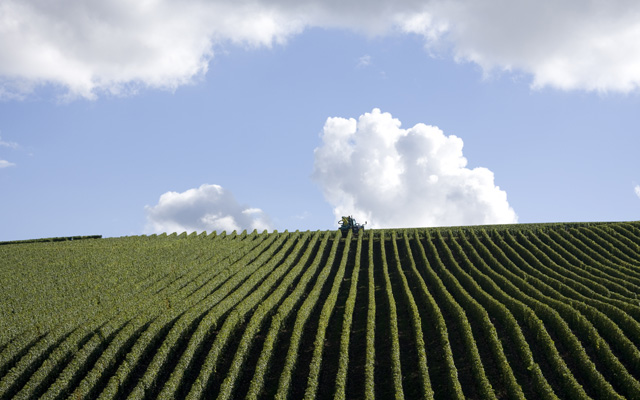
Perhaps a slightly more sinister practice is the burning of pests and scattering of their ashes around the affected vines to discourage future infestations. This belief really does feel a little like witchcraft…
Although there is certainly some logic to biodynamic viticulture, for many people, there is no hard evidence or science to back up vineyard improvements. Yet more and more, producers are returning to these ancient methods. In a conversation with Max Sichel of Bordeaux negociant Maison Sichel, we were discussing the Pauillac property Château Pontet-Canet and their long-awaited conversion to biodynamics, which they became officially certified for in 2010. Max explained that seeing their success in making better quality wines meant many other Bordeaux châteaux were looking to convert, exclaiming ‘It’s controversial but biodynamics works. Think how the moon affects the tide and animals, there must be something in it!’ and I completely understood his point. Even years earlier when being educated by Gilles, I asked him why he felt biodynamic practices were effective – he paused for a moment before shrugging in a very French-like manner and honestly replied ‘I’m not sure why this works, but it does and that is good enough for me’. There are many things in this world that we have yet to uncover and truly understand. Maybe biodynamics is one of them.
However, it’s important to note that not everything about biodynamics is pinned on sheer faith and an acceptance that it simply works without proof. Many growers are convinced that vine roots are clear evidence that this system works – a conventional vineyard that uses synthetic sprays, such as pesticides and herbicides, has shallow roots that spread wide and keep close to the surface, giving the vine superficial nutrients. Vines planted in biodynamic vineyards, however, have thicker roots that reach deeper soil levels and appear more vertical in comparison. That being said, perhaps the sustainable and organic approach rather than the specific preparations 500 and 501 (the aforementioned cow horn rituals) are giving these results. Demeter (a certifiable body for biodynamic farming) has led independent research which indicates the humus layer of biodynamic soils grows continuously. Due to the large amounts of CO2 bound to these humus layers, the build-up can actually help counteract the greenhouse effect. The soils are, therefore, living organisms that can even help the planet.
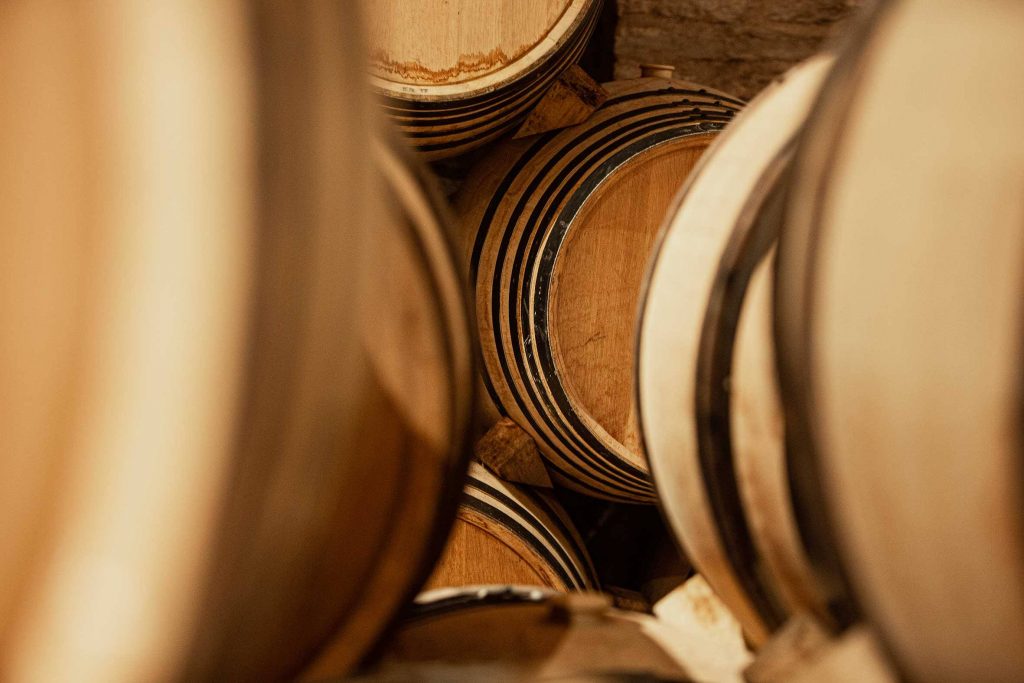
Whilst biodynamics heavily focuses on the vineyards, the raw ingredients in the cellar are also considered. Similar to natural wines, there is a movement toward low-intervention winemaking and the use of natural yeasts only to ensure the wines retain their terroir expression – the heart and soul of these wines.
Becoming certified biodynamic is often a lengthy process – it typically takes two years to convert and certify organic, with an additional year to qualify as biodynamic. There are several biodynamic governing bodies throughout the world, but the two most common companies are Demeter (international) and Biodyvin (predominantly in France but also across other European countries). France currently boasts the most Biodynamic wine estates – over 700 registered with Demeter and over 200 registered with Biodyvin – with producers such as Château Barbeyrolles who pioneered the famous pale pinks of Provence and Domaine du Nozay in Sancerre who have close connections to famous domaines of Burgundy.
Outside of France, Germany and Italy rank in the top 3 countries for biodynamics (with around 100 and 160 certified estates respectively with Demeter), while the UK currently has just 10 biodynamic vineyards. In reality, these numbers are actually likely to be higher, but due to the cost of becoming certified (for example, Demeter charges approximately 2% of the winery’s revenue for the certification), many smaller producers opt out of officially using the recognised logos on their bottles. Of course, there are also producers who do not strictly adhere to the biodynamic regulations due to practicality – not all winemakers are happy to delay shipments waiting for a fruit day, for example.
It’s worth noting that some wine countries/ regions have slightly adapted rules which comply with their local biodynamic regulations. For example, certain ingredients are not available in Australia so they can be substituted for more readily available products such as horsetail. In Bordeaux, there is often an issue with downy mildew within the vineyards, traditionally combatted by a mixture of lime, copper sulphate and water – known as bouillie bordelaise or Bordeaux mixture – which is sprayed onto the vines. Although there are some people who are steadfast in their beliefs that there should be no sprays used in biodynamic viticulture, perhaps controversially, Bordeaux Mixture is permitted in organic and biodynamic farming because the governing bodies have ruled it contains natural ingredients.
Whether you view biodynamics as a mystical wine cult or a perfectly natural progression toward crafting less synthetic wines, perhaps the most important question is how do they taste? Whilst many believe there is no correlation between the practices and flavour quality, a large proportion of expert winemakers would argue otherwise. A significant number of wine properties have taken the time to compare and contrast conventional or organic wine vs biodynamic wine before committing to a full conversion. I am no expert in this field, so couldn’t confirm either way, but what I will highlight is this: with so many winemakers converting to biodynamics after running their trials, especially considering the time and costs involved for conversion, they must be confident.

